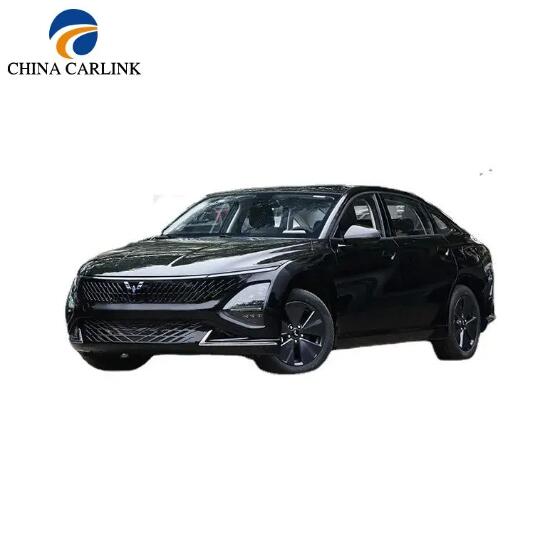Understanding Passenger Vehicles: What Sets Them Apart from Other Automobiles
2024-09-11
When it comes to defining a passenger vehicle, the term may seem straightforward, but the category encompasses a wide variety of vehicles, each designed with the primary goal of safely transporting people. In this blog, we'll explore what makes a vehicle a "passenger vehicle" and how they differ from other types of vehicles on the road.
1. What Exactly Is a Passenger Vehicle?
A passenger vehicle is any motorized vehicle primarily designed for transporting people rather than goods. These vehicles are typically smaller and lighter than commercial or industrial vehicles and are built with comfort, safety, and convenience in mind.
Passenger vehicles can seat anywhere from one to eight people, and while many come with cargo space, it’s their role in moving passengers that defines them. The designs of passenger vehicles focus heavily on aspects like seating arrangements, ride comfort, interior space, and entertainment systems to provide a better travel experience.
2. The Importance of Comfort and Safety
Passenger vehicles are typically equipped with a host of features aimed at improving comfort and safety. These features range from basic elements like padded seating and air conditioning to more advanced systems like in-car entertainment, climate control, and noise insulation. Modern passenger vehicles are also outfitted with extensive safety features such as airbags, seatbelt systems, anti-lock braking systems (ABS), and advanced driver-assistance systems (ADAS), which are designed to keep passengers safe and reduce the likelihood of accidents.
3. Types of Passenger Vehicles
Passenger vehicles come in many shapes and sizes, allowing drivers to choose a vehicle that fits their lifestyle and transportation needs. Here are the most common types:
- Sedans: A four-door vehicle with a trunk, designed for smooth rides and comfort. Sedans typically seat up to five passengers.
- Hatchbacks: Known for their compact size and flexible cargo space, hatchbacks have a rear door that opens upward, making it easier to store and transport cargo.
- SUVs (Sport Utility Vehicles): SUVs are larger and more versatile, with higher ground clearance and spacious interiors that accommodate up to eight passengers. They are popular among families and those who need a more rugged vehicle.
- Minivans: Built for families or group travel, minivans provide ample seating and storage, often seating seven to eight passengers comfortably.
- Coupes and Convertibles: These cars are designed with style in mind. Coupes typically have two doors and a sportier look, while convertibles offer a retractable roof for an open-air driving experience.
4. Passenger Vehicles vs. Commercial Vehicles
The primary distinction between passenger vehicles and commercial vehicles lies in their function. Commercial vehicles are designed for transporting goods, equipment, or specialized cargo. Trucks, vans, and delivery vehicles fall under this category. In contrast, passenger vehicles are built to move people. Regulations, insurance costs, and taxes can differ greatly between these two types of vehicles due to their different purposes.
5. Passenger Vehicle Regulations
Passenger vehicles must meet a wide array of regulatory standards, particularly in terms of safety and emissions. Governments and regulatory bodies enforce these standards to ensure that passenger vehicles are safe for use on public roads and do not exceed harmful environmental emissions. Features like crash-tested designs, seatbelts, and emissions-control technologies are standard in passenger vehicles to meet these requirements.
Conclusion
Passenger vehicles are essential to modern life, providing people with comfortable and convenient transportation. From sedans to SUVs, these vehicles prioritize the safety and comfort of their occupants, distinguishing them from commercial vehicles. Understanding the different types of passenger vehicles and their defining characteristics helps you make informed decisions when purchasing or using one.



